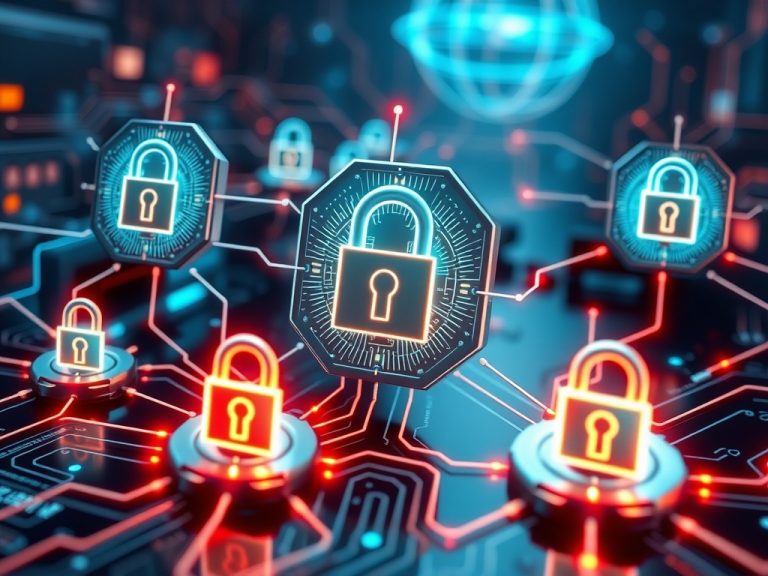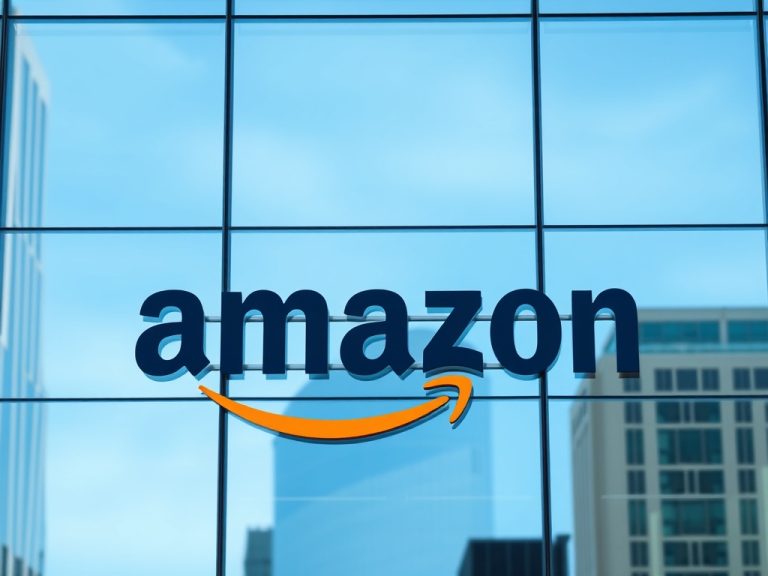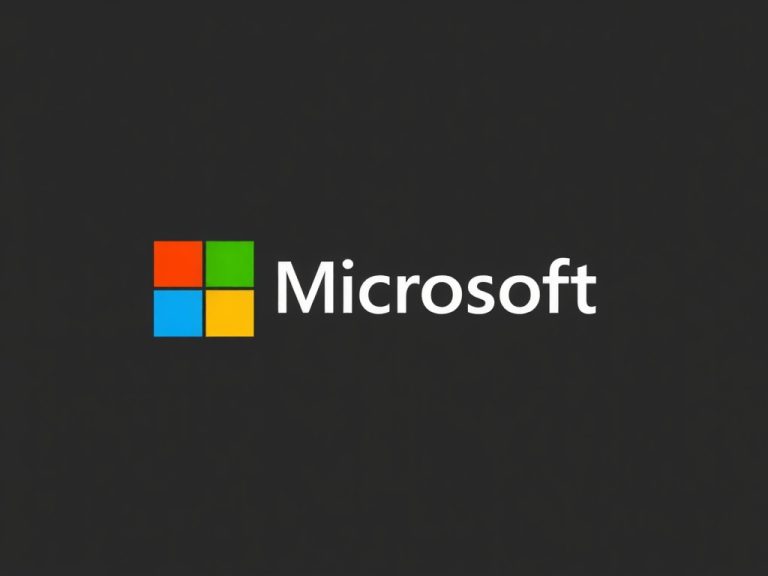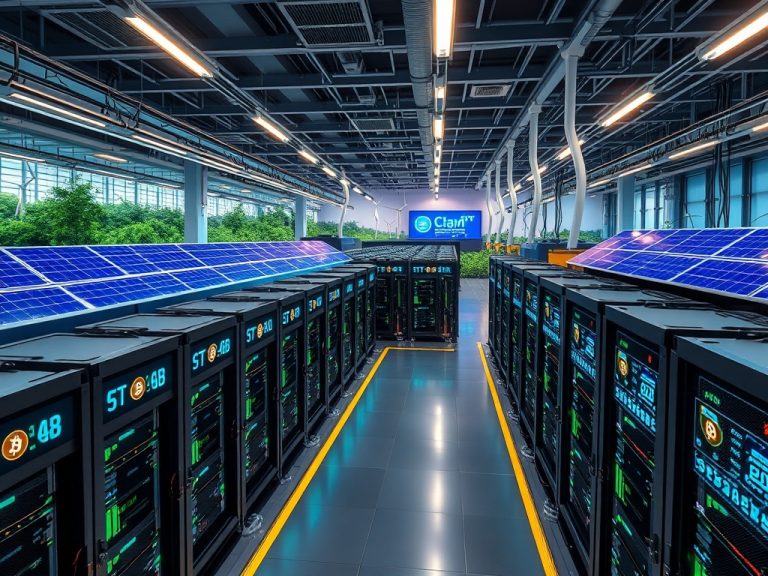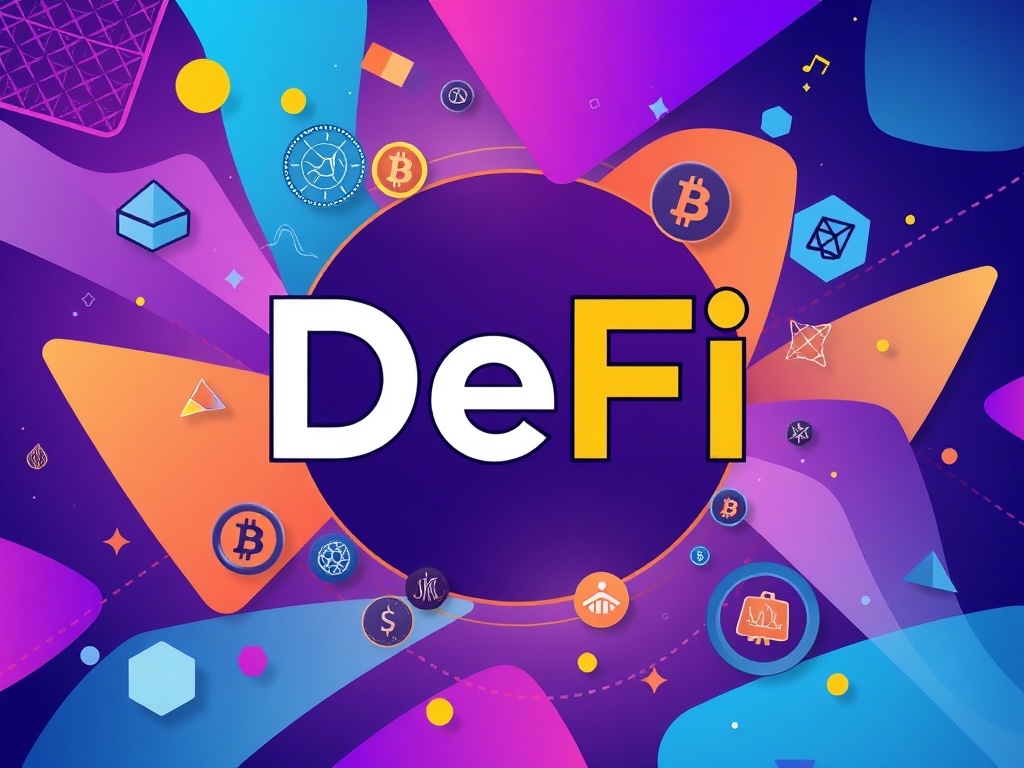
Introduction
Decentralized Finance (DeFi) has emerged as a transformative force in the financial landscape, leveraging blockchain technology to recreate and enhance traditional financial systems without intermediaries. This article explores the DeFi ecosystem, its core components, the opportunities it presents, and the risks involved, providing a comprehensive overview for those looking to understand its implications in the modern financial world.
Understanding DeFi
DeFi refers to a suite of financial services built on blockchain networks, primarily Ethereum. It allows users to lend, borrow, trade, and earn interest on their assets without relying on traditional financial institutions. Key characteristics of DeFi include:
- Smart Contracts: DeFi platforms utilize smart contracts—self-executing contracts with the terms directly written into code. These eliminate the need for intermediaries, reducing costs and increasing efficiency.
- Open Access: DeFi is accessible to anyone with an internet connection and a cryptocurrency wallet, promoting financial inclusion and democratizing access to financial services.
- Transparency: Transactions on DeFi platforms are recorded on public ledgers, enhancing trust and accountability. Users can audit transactions and smart contracts, fostering a culture of transparency.
Core Components of the DeFi Ecosystem
The DeFi ecosystem comprises various interconnected components that work together to create a decentralized financial system:
- Lending and Borrowing Platforms:
- These platforms allow users to lend their cryptocurrencies to earn interest or borrow assets by providing collateral. They often operate on a peer-to-peer basis, enabling users to set their interest rates.
- Examples: Aave and Compound are two prominent platforms where users can lend and borrow a variety of cryptocurrencies. Aave, for instance, offers unique features like flash loans, which allow users to borrow assets without collateral for a very short period.
- Decentralized Exchanges (DEXs):
- DEXs facilitate peer-to-peer trading of cryptocurrencies without intermediaries, allowing users to trade directly from their wallets.
- Examples: Uniswap and SushiSwap are notable examples that use automated market-making (AMM) algorithms to facilitate trades. Users can provide liquidity to these exchanges in exchange for a share of the trading fees.
- Stablecoins:
- Stablecoins are cryptocurrencies pegged to traditional assets (like the US dollar) to provide stability in the volatile crypto market. They serve as a bridge between the traditional financial system and DeFi.
- Examples: Tether (USDT) and USD Coin (USDC) are widely used stablecoins in DeFi, allowing users to transact without the price volatility associated with other cryptocurrencies.
- Yield Farming and Liquidity Mining:
- Users can earn rewards by providing liquidity to DeFi protocols through yield farming and liquidity mining. This practice can generate high returns but also involves significant risks.
- Yield farming incentivizes users to lock their assets in a protocol, while liquidity mining rewards users with native tokens for providing liquidity to the platform.
- Insurance Protocols:
- DeFi insurance platforms, such as Nexus Mutual, offer coverage against smart contract failures, hacks, and other risks in the DeFi space. This growing segment aims to mitigate the risks associated with decentralized finance.
- Decentralized Autonomous Organizations (DAOs):
- DAOs are organizations governed by smart contracts, allowing stakeholders to participate in decision-making processes through voting. They are often used in DeFi projects to manage protocols and funds collectively.
Opportunities in DeFi
The DeFi ecosystem presents numerous opportunities for innovation and financial growth:
- Financial Inclusion:
- DeFi has the potential to provide financial services to the unbanked and underbanked populations globally. By removing barriers to entry, it allows individuals without access to traditional banking systems to engage in financial activities such as borrowing, lending, and investing.
- High Returns:
- Yield farming, staking, and other DeFi activities can yield significantly higher returns compared to traditional financial products. Investors seeking better profits are increasingly drawn to these opportunities, although they must also be aware of the associated risks.
- Innovation and Programmability:
- DeFi encourages innovation through programmable financial products, allowing developers to create unique solutions tailored to user needs. This flexibility can lead to the development of novel financial instruments and services.
- Reduced Costs:
- By eliminating intermediaries, DeFi can lower transaction fees and improve the efficiency of financial services. This cost reduction can benefit both consumers and businesses, making financial transactions more accessible.
- Global Accessibility:
- DeFi platforms operate on a global scale, allowing users from different countries to access services without the constraints of traditional banking systems. This can foster cross-border transactions and economic collaboration.
- Interoperability:
- Many DeFi projects are designed to be interoperable, allowing them to communicate and interact with one another seamlessly. This can enhance the overall functionality of the DeFi ecosystem and create new opportunities for users.
Risks in DeFi
Despite its potential, DeFi is not without risks that participants must navigate:
- Smart Contract Vulnerabilities:
- Bugs or exploits in smart contracts can lead to significant financial losses. High-profile hacks, such as the one that affected the Poly Network, have raised concerns about the security of DeFi protocols.
- Regulatory Uncertainty:
- The DeFi space operates in a legal gray area, with varying regulatory approaches across jurisdictions. Regulatory scrutiny could impact the growth and viability of DeFi projects, and companies may face legal challenges as they navigate compliance.
- Market Volatility:
- The prices of cryptocurrencies can be highly volatile, posing risks for users who engage in lending or borrowing. Sudden price fluctuations can lead to liquidations, where collateral is sold off to cover debts.
- Liquidity Risks:
- In times of market stress, the liquidity of certain DeFi assets can dry up, making it difficult for users to execute trades or withdraw funds. This can be particularly concerning for users who rely on liquidity for their investments.
- Complexity:
- The DeFi ecosystem can be complex and challenging for newcomers to navigate. The variety of protocols, terms, and practices can lead to potential mismanagement of funds, especially for those unfamiliar with the space.
- Scams and Fraud:
- The rapid growth of DeFi has attracted bad actors seeking to exploit unsuspecting users. Phishing attacks, rug pulls, and other fraudulent schemes pose significant threats, highlighting the need for due diligence and education.
Future of DeFi
The future of DeFi is filled with potential, but its evolution will depend on several factors:
- Technological Advancements:
- As blockchain technology continues to evolve, we can expect improvements in scalability, security, and user experience. These advancements will enhance the DeFi ecosystem, making it more robust and user-friendly.
- Regulatory Clarity:
- Clear regulatory frameworks will play a crucial role in shaping the future of DeFi. As governments and regulatory bodies establish guidelines, projects that comply with regulations may gain more legitimacy and user trust.
- Integration with Traditional Finance:
- The integration of DeFi with traditional financial systems could lead to hybrid models that combine the best of both worlds. This could result in greater acceptance of DeFi products and services by mainstream financial institutions.
- User Education:
- As the DeFi space matures, user education will become increasingly important. Initiatives aimed at educating users about risks, best practices, and how to navigate the ecosystem will be essential for fostering a responsible DeFi community.
- Sustainability and Environmental Concerns:
- The environmental impact of blockchain technology, particularly in terms of energy consumption, is a growing concern. The DeFi community may need to address these issues and explore more sustainable solutions, such as transitioning to proof-of-stake (PoS) mechanisms.
Conclusion
Decentralized Finance represents a revolutionary shift in how financial services are delivered. While it offers numerous opportunities for innovation, financial inclusion, and higher returns, it also presents significant risks that users must navigate. As the DeFi landscape continues to evolve, understanding its complexities will be crucial for participants looking to leverage its potential while safeguarding their assets.
The future of DeFi holds promise, but it requires careful consideration and due diligence as it matures. By recognizing both the opportunities and risks, users can make informed decisions, contributing to a more robust and equitable financial ecosystem. As this dynamic sector continues to develop, its impact on the global economy and individual lives will undoubtedly be profound.
